Trending
12 amazing images of New York City before it was a city
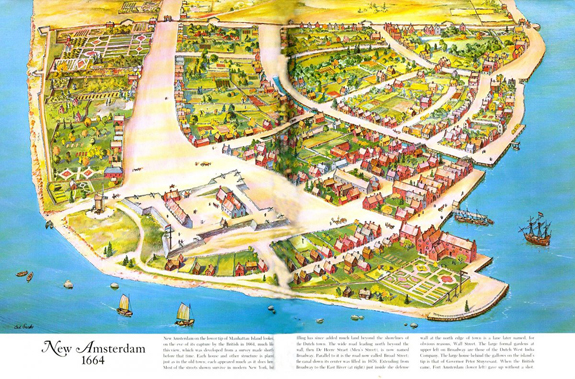
New York City — a city known for Times Square, Central Park, and commanding skyscrapers — didn’t always look like the way it does today.
Approximately 20,500 years ago, during the Ice Age, a mile-thick sheet of ice covered the region’s land, which formed the bedrock of the city.
Now home to 8.5 million residents and counting, NYC’s five boroughs have changed a lot.
Take a look at the maps, paintings, and historical photographs that show the journey of the Big Apple.
New York City started as a 1,000-feet-thick sheet of ice about 20,500 years ago. The glacier, which formed the area’s bedrock, carved out the city’s topography we know today.
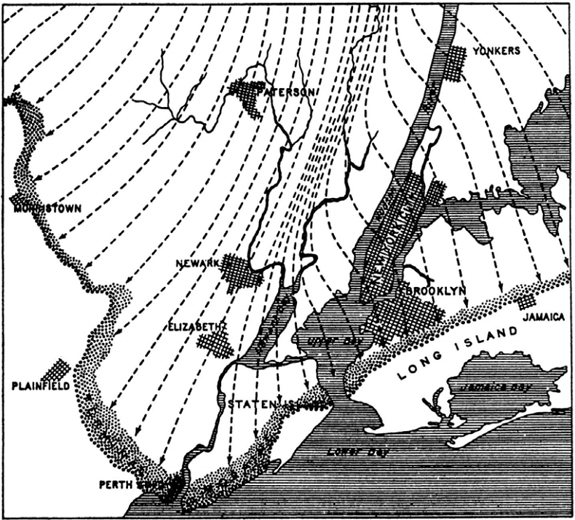
In Central Park, you can still see the boulders left by these former glaciers.
During the precolonial era (before the 16th century), bands of the Native American tribe Lenape — the original, native New Yorkers — inhabited the area, which they named Lenapehoking. They made use of its flourishing waterways for fishing, hunting trips, and trade.
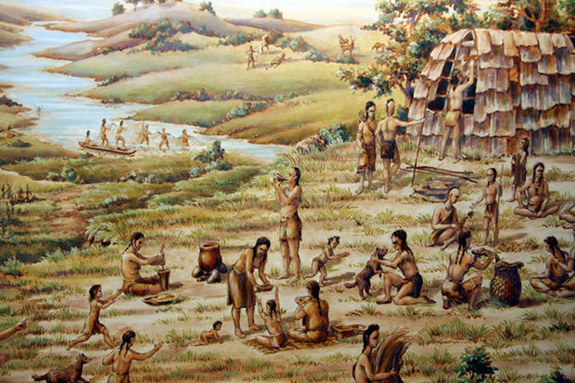
In 1624, the Dutch decided to colonize the area permanently. A year later, construction started in present-day Manhattan, which they then called New Amsterdam.

Dutch colonial Director-General Peter Minuit purchased the land from the Lenape for 60 guilders (the Dutch currency at the time) — which would be about $1,000 in today’s money.
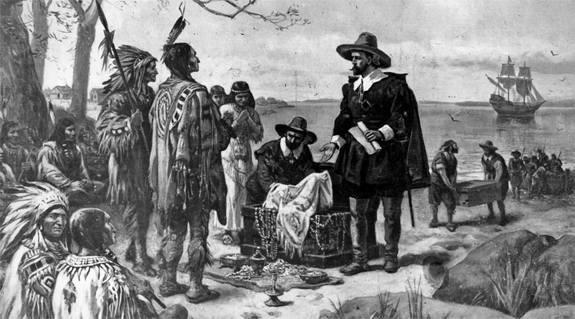
To attract settlers, the Dutch started a rewards system in 1628. For every 50 colonists that wealthy Dutchmen brought to the island, they would be awarded swaths of land, political autonomy, and the rights to participate in fur trade. This program saw little success.
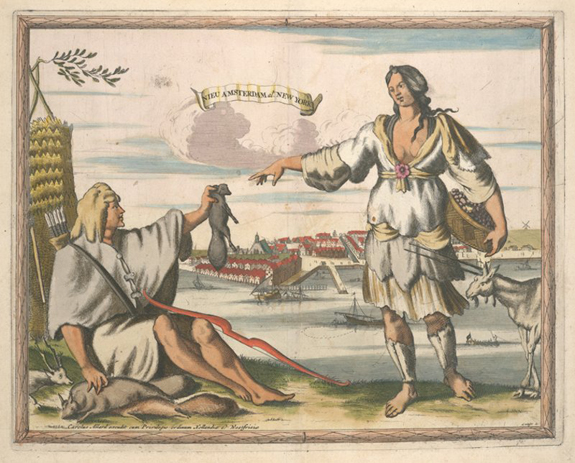
This woodcut of southern Manhattan is from 1651 (when it was still named New Amsterdam).
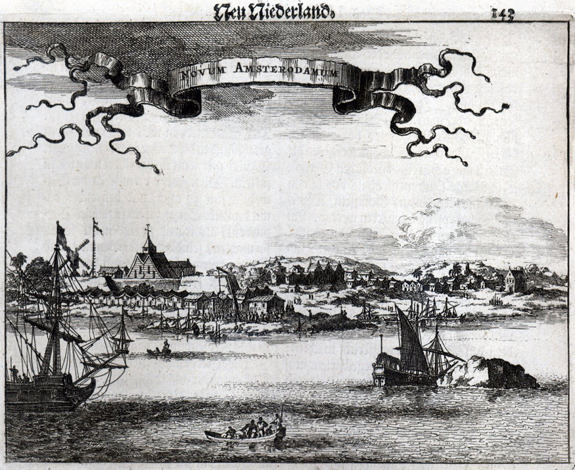
The area was renamed New York City in 1664 in honor of the Duke of York.
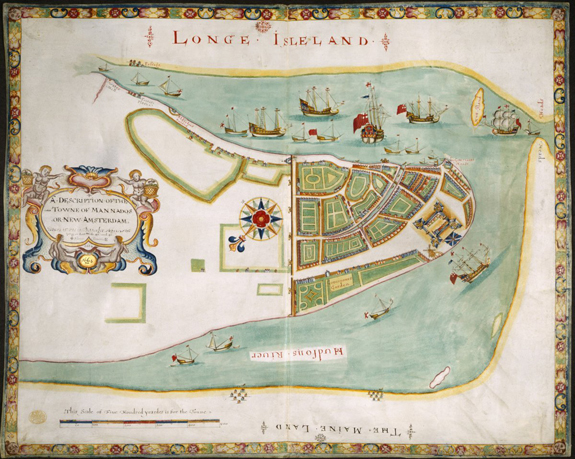
Many shots were fired during the 1776 Battle of Brooklyn — the largest battle in the American Revolution. British forces stormed upon Brooklyn and Long Island, hoping to capture NYC and the Hudson River from George Washington’s army. The Brits won but left at the end of the war.
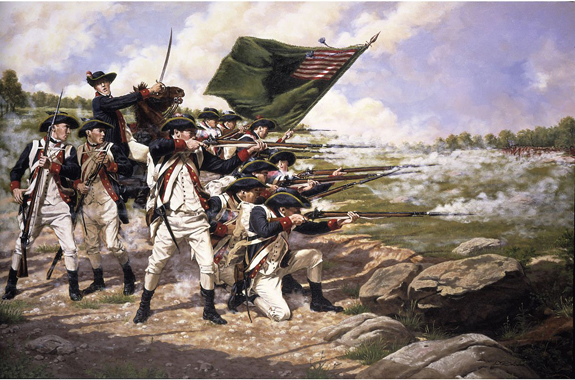
In 1785, New York City became to first capital under the Constitution of the United States. By 1790, New York had surpassed Philadelphia as the largest US city.
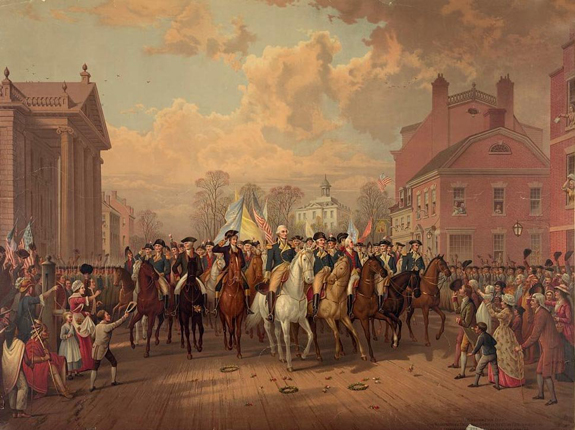
Between 1870 and 1915, New York’s population tripled — skyrocketing from 1.5 million to 5 million residents.
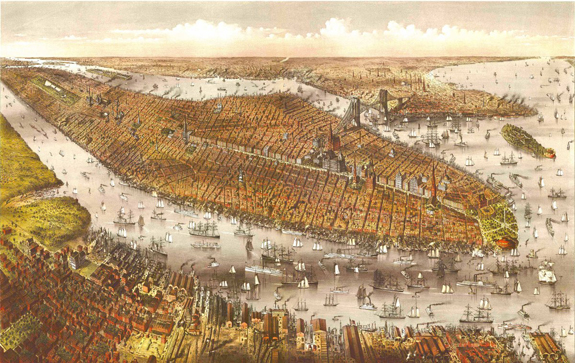
Over a century later, approximately 8.5 million people live in NYC’s five boroughs.
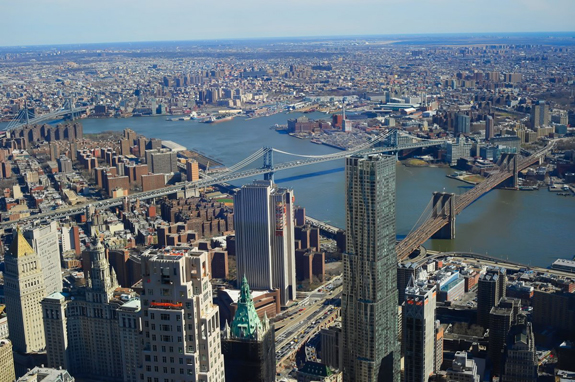
(Credit: Pixabay)




